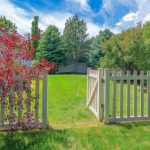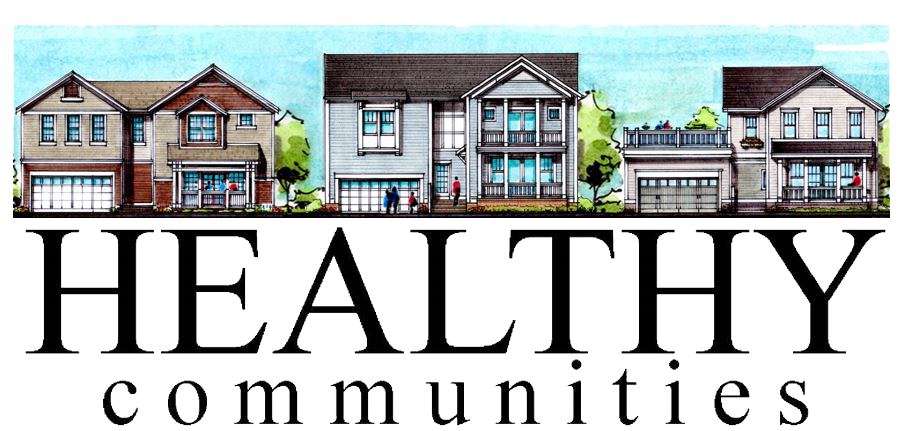 In recent years, there has been a growing trend towards sustainable and eco-friendly practices in various industries, and the realm of home building is no exception. As the world becomes more aware of the importance of protecting the environment and conserving resources, green and efficient design principles are becoming increasingly prevalent in the construction of residential properties. In this blog, we will explore the future of home building and the ways in which green and efficient design can shape our living spaces.
In recent years, there has been a growing trend towards sustainable and eco-friendly practices in various industries, and the realm of home building is no exception. As the world becomes more aware of the importance of protecting the environment and conserving resources, green and efficient design principles are becoming increasingly prevalent in the construction of residential properties. In this blog, we will explore the future of home building and the ways in which green and efficient design can shape our living spaces.
1. Sustainable Materials and Construction Techniques
One of the key components of green home building is the use of sustainable materials and construction techniques. Traditional building materials, such as concrete and steel, require significant amounts of energy to produce and are not renewable resources. In contrast, sustainable materials, such as bamboo, reclaimed wood, and recycled materials, have a lower carbon footprint and can be replenished or repurposed. Likewise, construction techniques that minimize waste and emphasize energy efficiency, such as prefabrication and modular construction, are becoming more popular as they reduce construction time and minimize environmental impact.
2. Energy Efficiency
Energy efficiency is a crucial aspect of green home building. Energy-efficient homes are designed to optimize temperature control, lighting, and appliance usage, resulting in lower energy consumption and reduced utility costs. This can be achieved through various means, such as using energy-efficient building materials, installing high-quality insulation, implementing smart home technology, and utilizing renewable energy sources like solar panels or geothermal systems. In the near future, we can expect to see an increasing number of homes designed to meet or exceed strict energy efficiency standards, providing homeowners with both financial savings and a smaller carbon footprint.
3. Water Conservation
In addition to energy efficiency, green home building also emphasizes water conservation. Freshwater is a finite resource, and with the increasing global population and climate change, ensuring sustainable water usage is crucial. Green homes incorporate features such as low-flow toilets, water-saving faucets and showerheads, and rainwater harvesting systems to reduce overall water consumption. Additionally, landscaping designs that emphasize native plants and xeriscaping can significantly decrease water requirements for maintaining outdoor spaces. By implementing these water-saving measures, homeowners can contribute to the conservation of water resources and reduce their impact on the environment.
4. Healthy Indoor Environment
Green home building also prioritizes the creation of a healthy indoor environment for occupants. Traditional building materials often contain harmful chemicals, such as volatile organic compounds (VOCs), which can negatively impact air quality and pose health risks. Green homes utilize low or zero VOC materials, natural ventilation systems, and advanced filtration systems to promote clean and healthy indoor air. Additionally, incorporating abundant natural light, proper insulation, and acoustic design considerations can enhance the overall comfort and well-being of occupants. By creating homes that prioritize health and wellness, green home builders are prioritizing the long-term satisfaction and well-being of homeowners.
5. Adaptability and Resilience
With the increasing unpredictability of climate change and natural disasters, future home building practices will also focus on adaptability and resilience. Designing homes with flexible layouts and adaptable spaces can accommodate changing needs and allow for future additions or modifications. Furthermore, incorporating resilient building materials, such as impact-resistant glass and reinforced structures, can better withstand extreme weather events. By taking proactive measures to create homes that are adaptable and resilient, homeowners can ensure their properties can withstand unforeseen challenges and maintain their value over time.
Summary
The future of home building lies in embracing green and efficient design principles. From sustainable materials and construction techniques to energy efficiency, water conservation, and creating healthy, adaptable, and resilient indoor environments, these elements will shape the homes of tomorrow. As we strive for a more sustainable and environmentally conscious future, the incorporation of these practices in home building is crucial. By embracing green and efficient design, we can create homes that are not only beautiful and functional but also contribute to the well-being of both the occupants and the planet.
Need Home Builders in Williamsburg, VA?
Welcome to Healthy Communities in beautiful Williamsburg, Virginia! We are custom home builders with a focus on efficient and green building. We believe that good home design can support, enrich, and enhance your life, so we engage you as the buyer in the design process. Together, we can create a tailored design that provides an extraordinary living experience. Our homes are engineered to be energy efficient, utilizing green building products, value-engineered construction, enhanced indoor air quality, and solar power to help offset the electric utility cost for heating, cooling, water heating, lights, and appliances. Give us a call to get started today!
